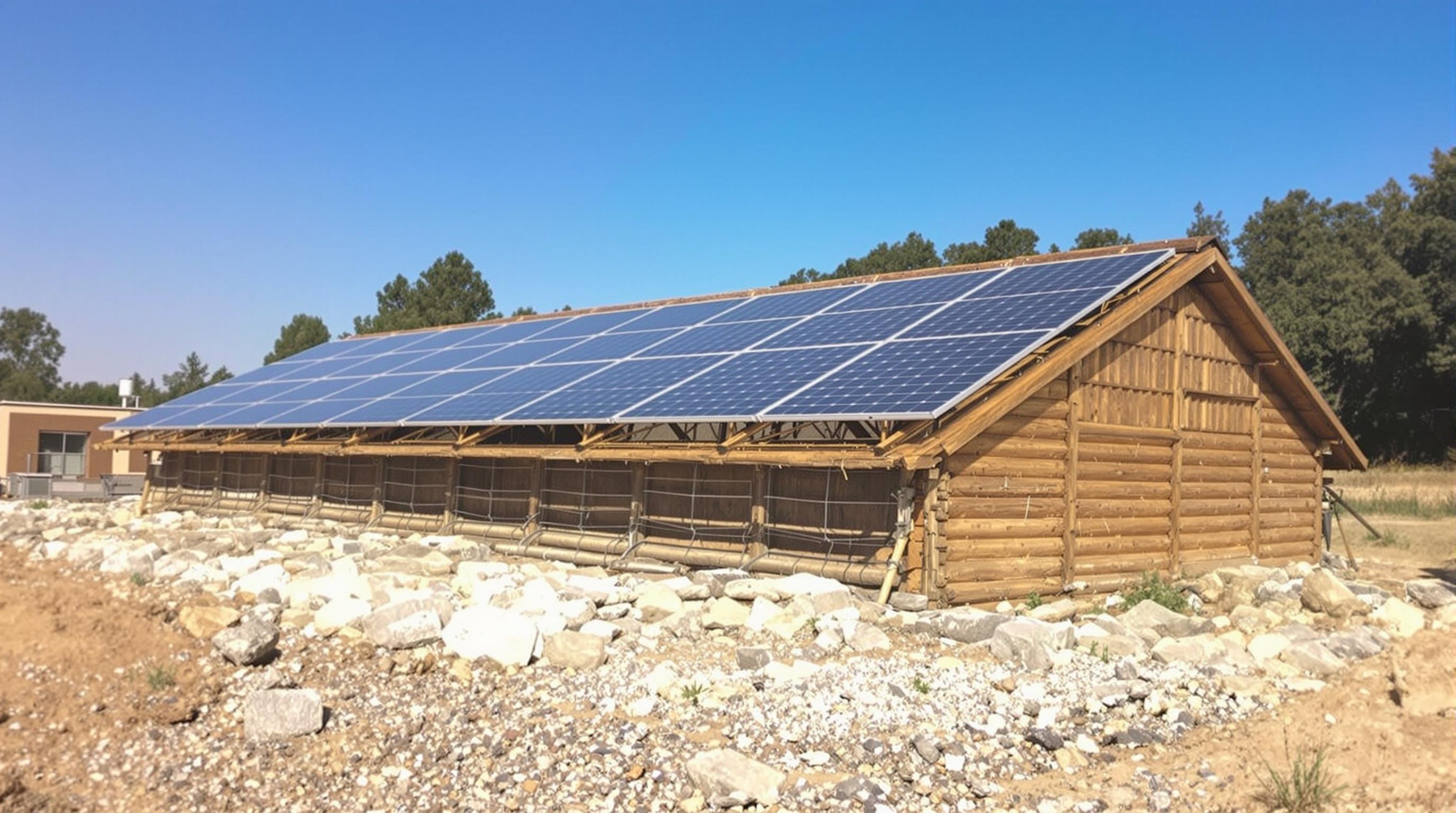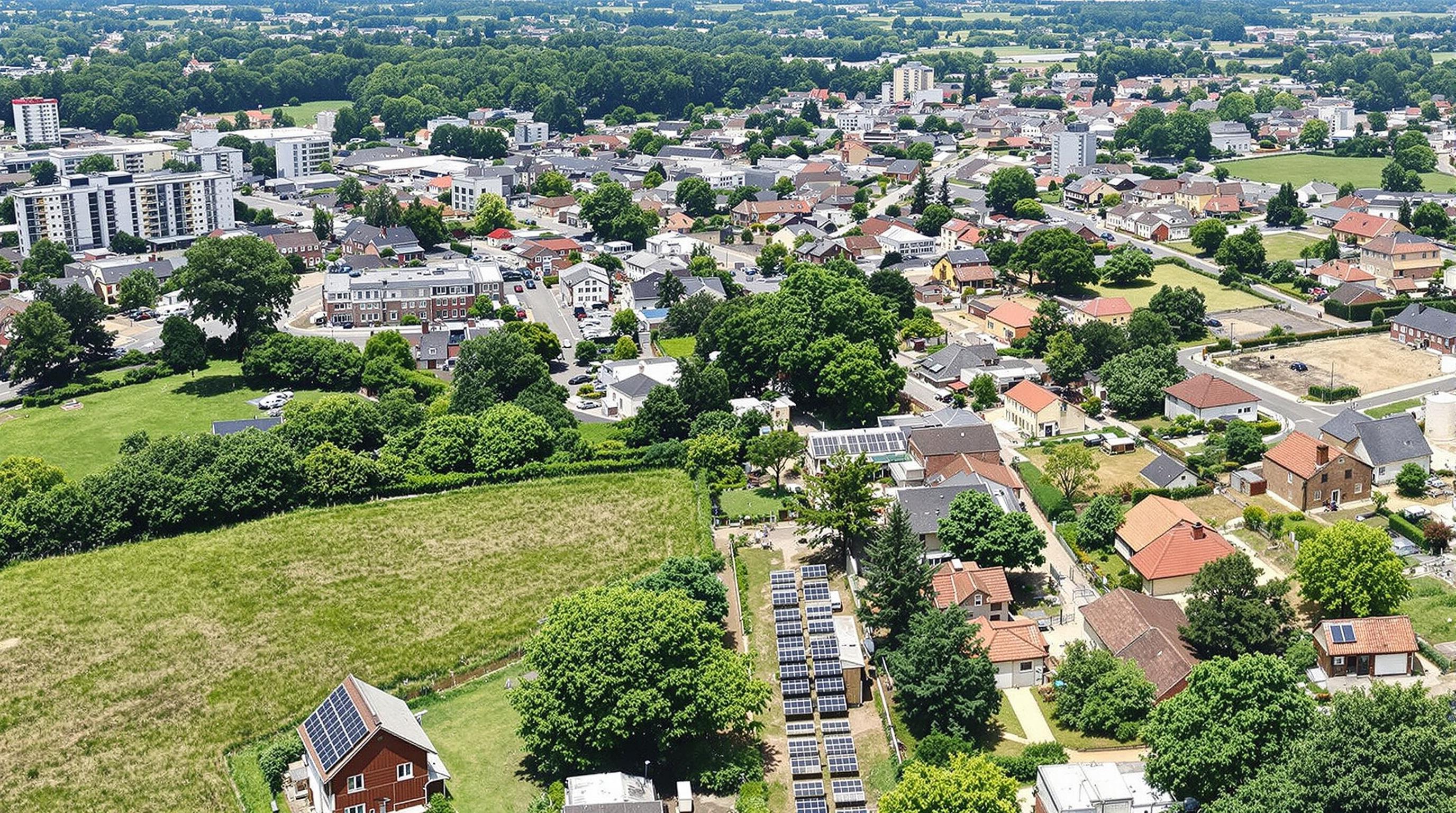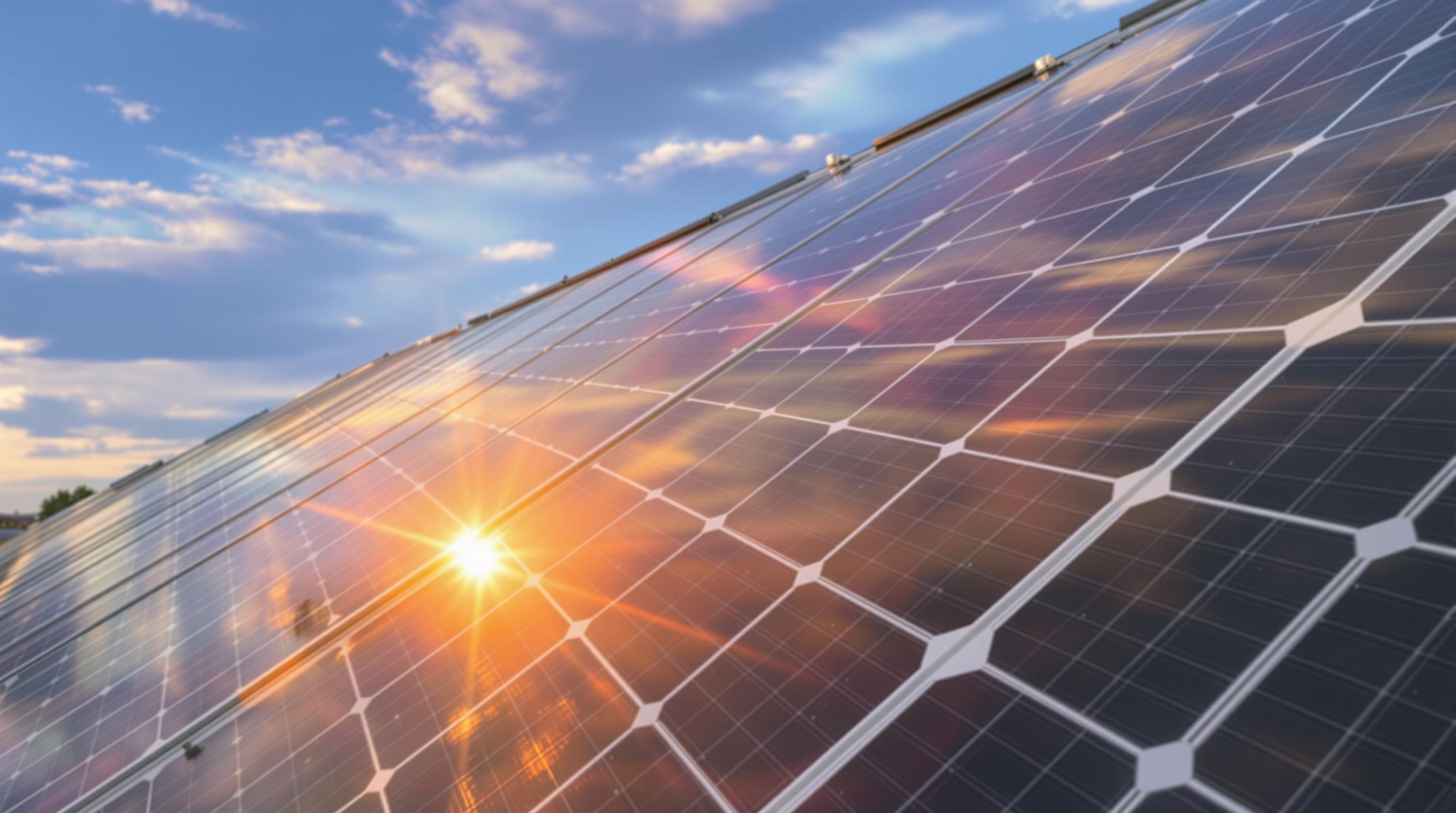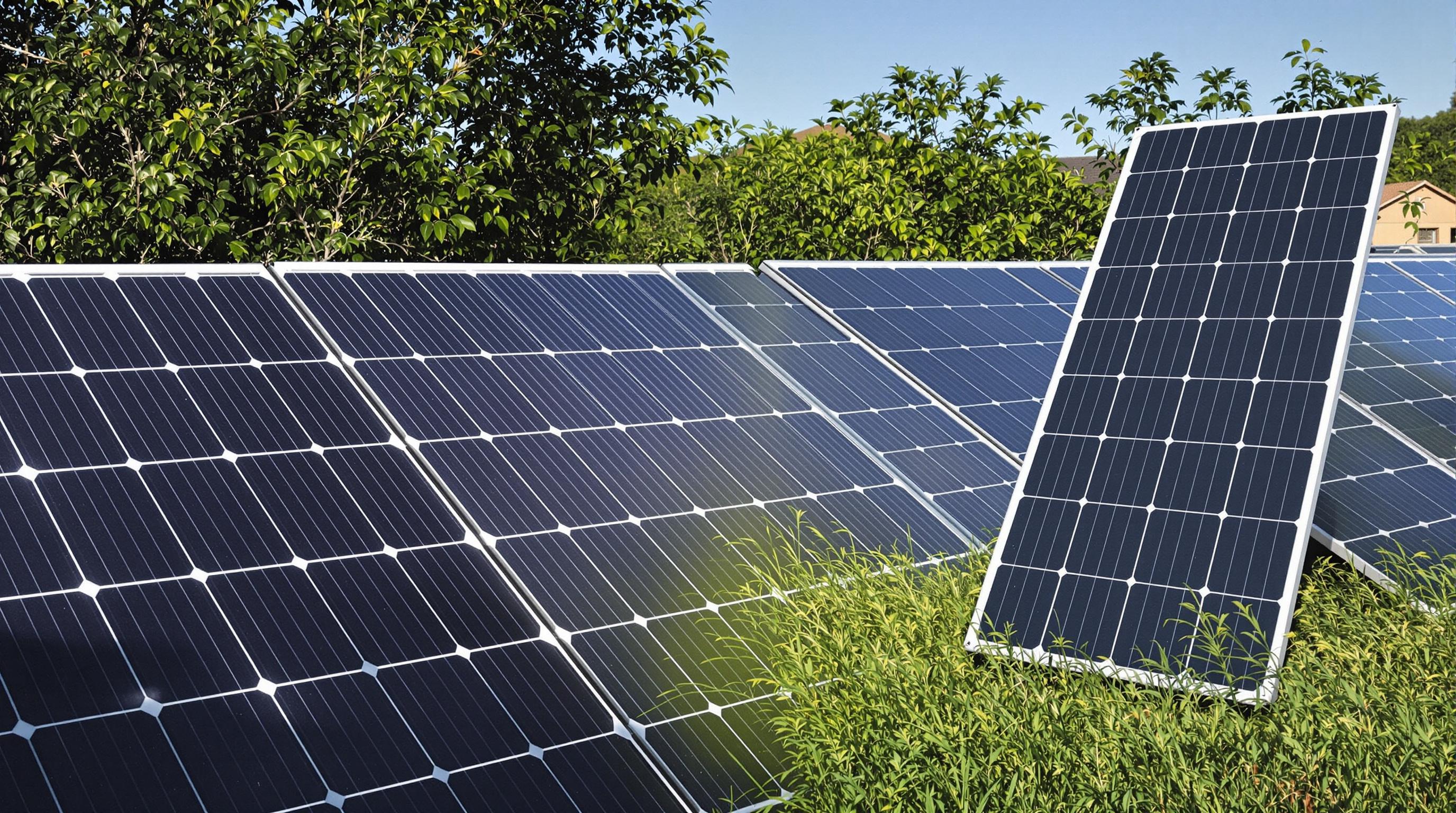Related Articles
- 6 Revolutionary Solar Panel Cleaning Robots Since 2019 Rated for Efficiency and Contractor Appeal
- How Unexpected Weather Patterns Are Shaping Homeowner Choices in Solar Installation Partnerships
- How Solar Inverter Noise Pollution Affects Urban Wildlife and What Manufacturers Are Overlooking
- How Solar Inverters Influence Home Resale Value and What Buyers Rarely Consider Before Purchase
- How Microclimates Secretly Shape Solar Energy Output in Unexpected Urban and Rural Landscapes
- The Quiet Role of Microclimates in Shaping Solar Harvesting Outcomes Beyond Conventional Efficiency Measures
The Quiet Role of Microclimates in Shaping Solar Harvesting Outcomes Beyond Conventional Efficiency Measures
The Quiet Role of Microclimates in Shaping Solar Harvesting Outcomes Beyond Conventional Efficiency Measures
Microclimates subtly influence solar energy production in ways that transcend conventional efficiency metrics, playing an indispensable role in the ultimate yield of solar installations. This article delves into the multifaceted impacts of localized climatic variations on solar harvesting, integrating scientific data, real-world examples, and expert insights to broaden our understanding beyond standard efficiency figures.
Picture this: a solar array nestled on a hilltop in Northern California versus one situated just a few miles away in the adjacent valley. Both might boast similar manufacturer-rated efficiency panels, but the valley installation experiences cooler night temperatures and slightly higher humidity—factors that together translate into a 5-7% variation in annual energy yield (National Renewable Energy Laboratory, 2020). Such microclimates can dramatically reshape expectations for solar output, yet they rarely receive detailed attention in mainstream discussions focused predominantly on panel technology and system design.
The Unsung Influence of Microclimates
When we talk about solar panel performance, the narrative often revolves around sunny days, panel angles, and technical specifications. But in reality, local atmospheric conditions like temperature fluctuations, wind speed variations, humidity, and even soil composition create unique microclimates that either enhance or diminish solar energy harvest. For instance, elevated temperatures reduce panel efficiency due to increased resistance in photovoltaic materials (Solar Energy, 2018), while cooler conditions can boost output beyond rated expectations.
Take the urban heat island effect, common in sprawling metropolitan areas, where concrete and asphalt retain heat, raising local temperatures by several degrees compared to surrounding rural zones. Solar arrays installed within these hot pockets may suffer diminished performance, despite identical hardware, highlighting the importance of precise site assessment—not just on a macro scale but with attention to microclimatic idiosyncrasies.
From Theory to Practice: Case Studies
Consider the case of a solar farm in Arizona that was optimized by incorporating vegetation strategically planted around panels to reduce ground temperature and create shading patterns that marginally cooled the panels during peak heat periods. This approach led to an approximate 4% boost in annual energy yield, a result validated by detailed microclimate monitoring and thermal imaging analytics (Journal of Renewable Power, 2021).
Conversely, a solar installation in Northern Germany faced frequent fog and mist due to proximity to the North Sea, leading to atypical depreciation in daily solar irradiance reaching the panels. Despite the use of top-tier panel technology, the farm underperformed relative to expectations grounded solely in efficiency ratings, illustrating the need to blend local weather forecasting into solar project feasibility assessments.
It’s Not Just About Panel Efficiency
Efficiency ratings, typically obtained under standardized test conditions, fall short of capturing the nuanced realities of microclimates. For example, a solar panel rated at 20% efficiency might actually produce variably between 15% to 22% efficiency in situ, depending on localized temperatures, wind flow, and reflective surfaces nearby. Thus, microclimates effectively extend or reduce the practical operational envelope of these otherwise fixed-value specifications.
Additionally, microclimates may impact ancillary aspects like dust accumulation rates on panels. Areas with frequent light rain or humidity tend to see natural cleaning effects, maintaining output levels, whereas dry, dusty microclimates demand more aggressive maintenance schedules, increasing operational costs and downtime.
A Personal Reflection on Microclimates and Solar Innovation
Writing this from the perspective of a 54-year-old environmental analyst who has witnessed solar technology evolve over three decades, I find the understated role of microclimates both fascinating and crucial. It reminds me decades ago when solar power projects overlooked site-specific weather subtleties, resulting in underwhelming returns. Today, with improved sensing technologies and data analytics, customizing solar designs to microclimatic conditions unlocks untapped potential.
Honestly, this combination of old-school meteorology with cutting-edge photovoltaics feels like a beautiful collaboration—making the invisible forces of nature visible and actionable for the benefit of sustainable energy production.
A Statistical Glimpse
According to a 2019 study by the International Energy Agency (IEA), variability in microclimate conditions across different regions can swing solar energy output by as much as 10-12%, sometimes eclipsing gains that would be obtained merely by upgrading to the next generation of higher-efficiency panels. This highlights a valuable insight: strategic site selection and local climate adaptation sometimes trump incremental hardware improvements.
This realization has driven innovation in climate-adaptive mounting systems and tracking technologies that dynamically adjust to maximize solar gain according to microclimatic feedback, such as shifting wind patterns or unexpected shadowing.
Shadows and Surprises: The Role of Local Topography
The lay of the land itself sculpts microclimates in unexpected ways. A valley’s morning fog may delay ideal sunlight exposure; a cluster of tall trees may cast intermittent shading—but sometimes, such shadows create cooling effects that paradoxically enhance nighttime performance by preventing heat build-up rather than diminishing daytime solar gain.
In one obscure example from a foothills community in Spain, local farmers installed solar panels not on massive open fields but along terraced slopes partly shielded by olive groves. While panel efficiency was nominally compromised by partial shading, the improved airflow and reduced ambient temperatures yielded a net positive impact on harvested energy annually.
Conversational Take: Why Should You Care?
Hey, ever wonder why that shiny solar panel on your neighbor’s roof sometimes seems to be pulling ahead of yours, even though you installed the exact same model? It’s not magic—it’s microclimate mojo. Things like how much wind hits your roof, the humidity level, even what kind of soil and plants surround the installation, all tweak how much sunshine actually turns into juice for your home.
So when you're thinking about going solar, it's not just “how efficient” the panel is on paper; it’s also “where” and “under what conditions” it lives. That’s why some smart solar installers do a detailed on-site weather assessment before putting up panels, aiming for those little secrets that can mean big bucks in your electric bill savings.
Persuading Industry to Embrace the Microclimate Lens
Solar developers and policymakers, take note: focusing solely on lab-rated panel efficiency risks neglecting one of the most cost-effective levers for increasing solar harvest—microclimatic optimization. By incorporating high-resolution climatic data and local environmental modeling into project planning, the renewable energy sector can drive greater returns on investment and accelerate the path toward net-zero emissions.
The future might well belong not just to the panel innovators, but to those who master the art of harmonizing PV technology with the complex, living atmosphere surrounding it.
A Touch of Humor: When Solar Panels Meet Local Weather
Imagine a solar panel trying to do its best in Seattle’s famously moody weather—talk about optimism! “I’m rated for 20% efficiency,” it declares, “but my daily performance here is more like a shy 7% with intermittent coffee breaks from the clouds.” Local microclimates don’t just shape energy production; sometimes, they’re the ultimate pranksters, throwing fog, wind, and humidity at the tech—but hey, the panels keep chugging along despite the sass.
And then there’s the desert sun, scorching enough to fry an egg but turning solar panels into overheated divas needing a spa day (extra cooling) just to hit their numbers. Nature, it seems, loves to keep solar engineers on their toes.
Conclusion: Beyond Numbers, Toward Nuanced Understanding
In sum, microclimates represent a vital, often underappreciated dimension in the solar energy equation. Appreciating and integrating these subtle climatic variations into design, installation, and maintenance strategies can substantially enhance real-world solar yields beyond what standard efficiency ratings suggest. This calls for a holistic approach marrying technology, environment, and local knowledge—a trifecta that can propel solar energy into its next era of optimization and widespread adoption.
The journey toward a cleaner future involves recognizing that efficiency is not just in the materials or the technology, but embedded in the interaction between solar systems and their living, breathing environments.




